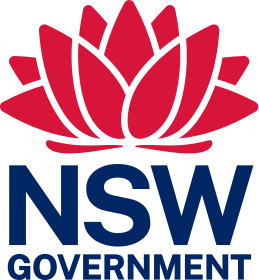
Evaluation of active transport initiatives
A collaboration with the University of Technology Sydney, iMOVE and Transport for NSW (Transport) to evaluate the impact of active transport initiatives implemented to support temporary transport plans during rail disruption.
Background
Active Transport is a key component to the Southwest link. Transport has embedded a number of initiatives into the plan to make it easier and safer for people to walk or ride to metro stations, train stations and Southwest Link bus stops to benefit communities affected by temporary rail disruption.
Walking and bike riding is the most sustainable form of transport, contributing to great places, cleaner local environments, healthier lifestyles, and providing economic benefits to local neighbourhoods.
The initiatives to encourage walking and riding under the Southwest Link include upgrades to bike routes connecting to stations on the T2 Inner West Line at Petersham, Stanmore and Newtown, T4 Illawarra Line at Tempe and M1 Metro North West & Bankstown Line at Sydenham. Speed zone reductions have been implemented and new bike parking infrastructure has been built at Sydenham Station.
The strategy aims to encourage walking and cycling as a first/last mile transport mode and to expand the functional metro station catchment areas to maximise the percentage of customers who access metro stations through sustainable transport modes. The walking and cycling strategy also identifies opportunities and works to improve east-west pedestrian and cyclist facilities between Sydenham and Bankstown.
Objectives
This evaluative research aims to assess the impacts of active transport initiatives implemented to support customers during temporary transport plans like rail disruption in terms of encouraging active transport.
Further updates will be provided as this project progresses.
This research is being delivered in partnership with iMOVE CRC and supported by the Cooperative Research Centres program, an Australian Government initiative.
